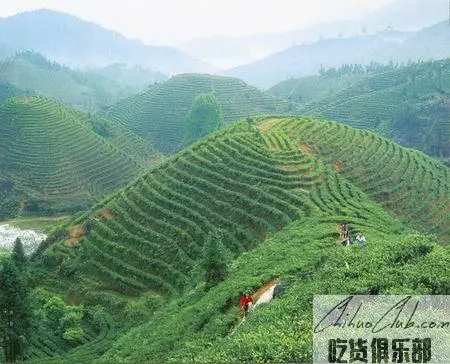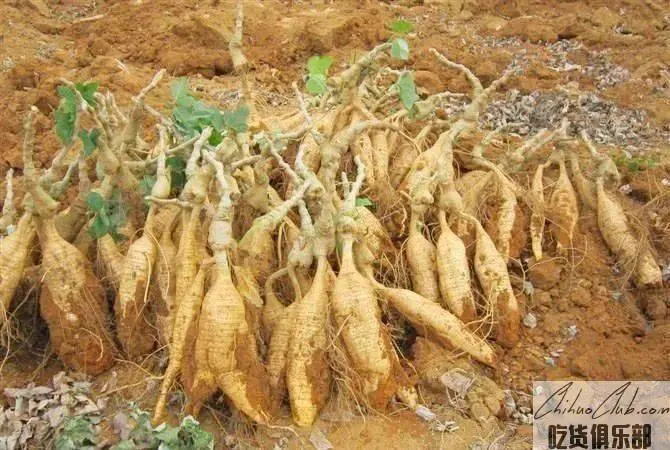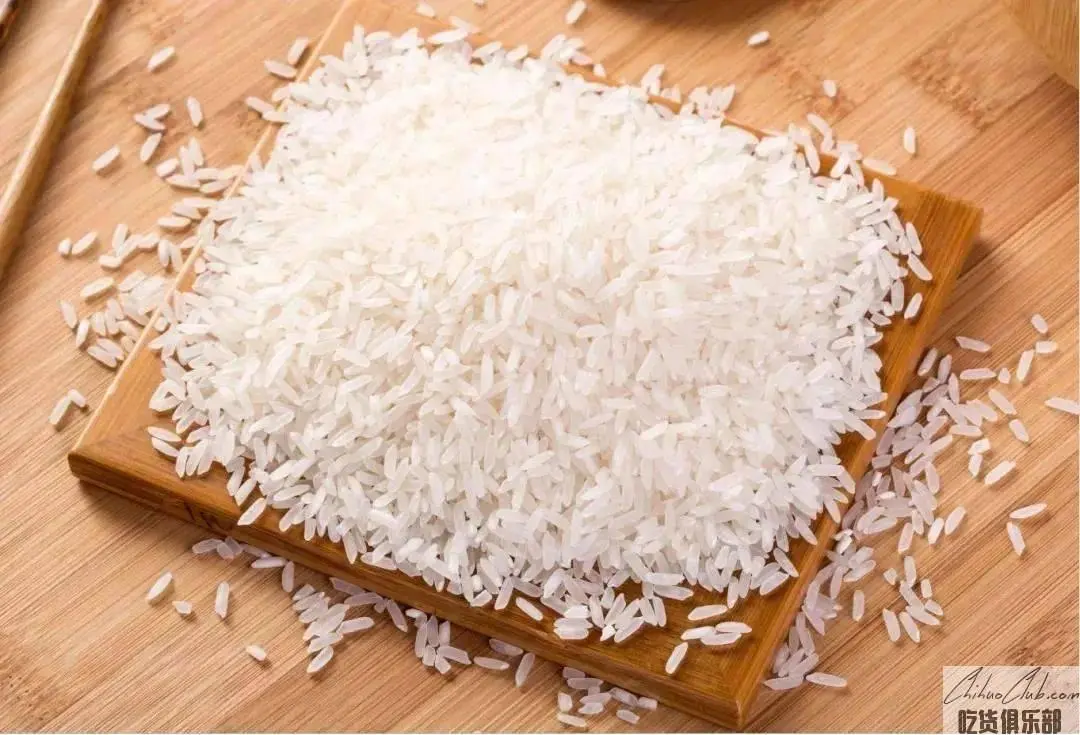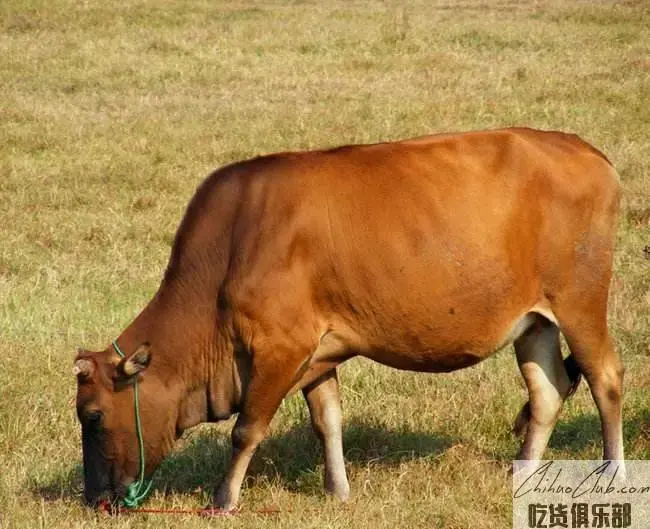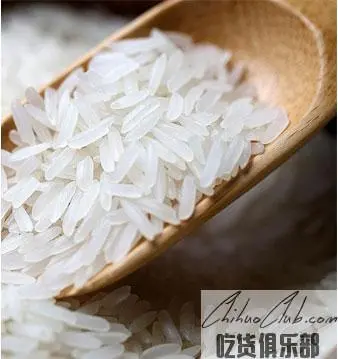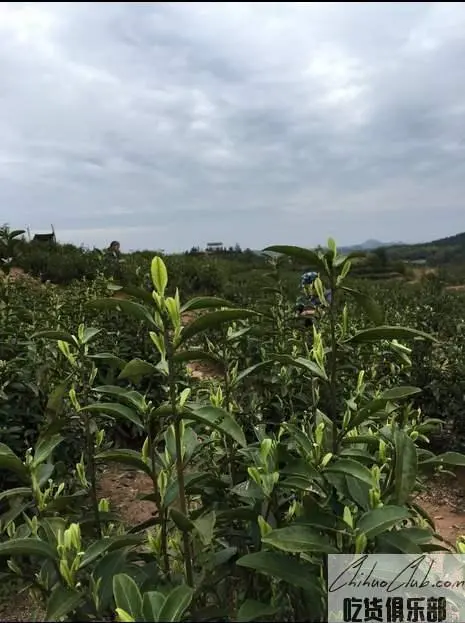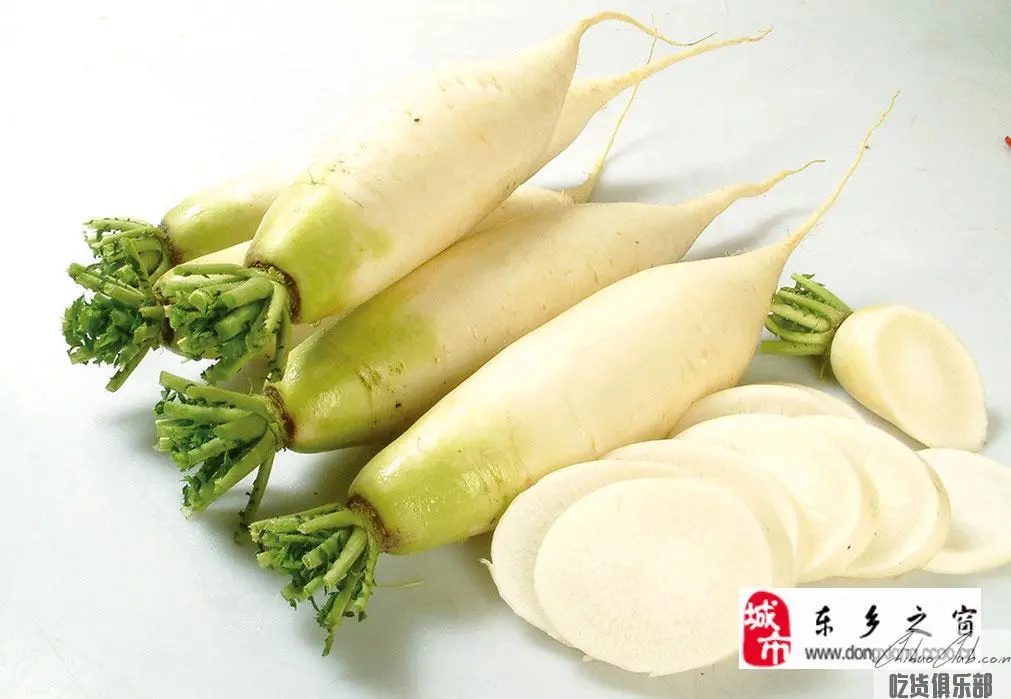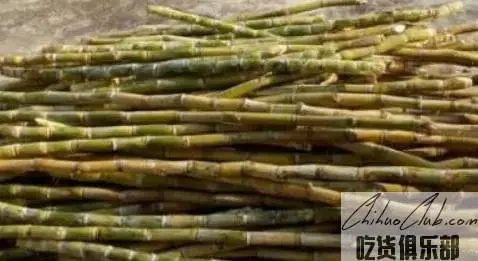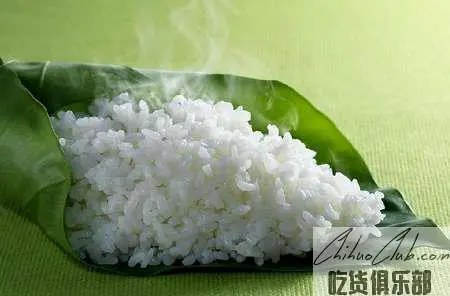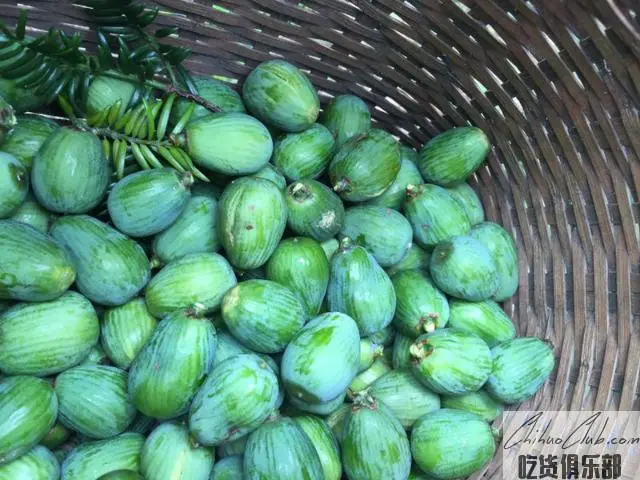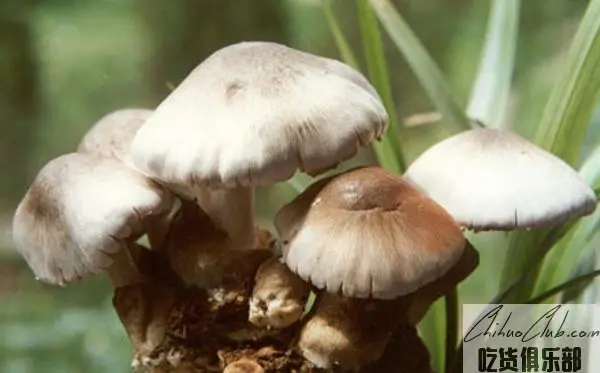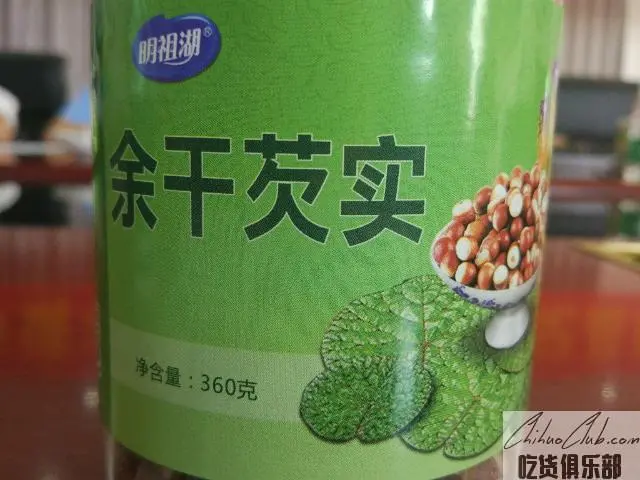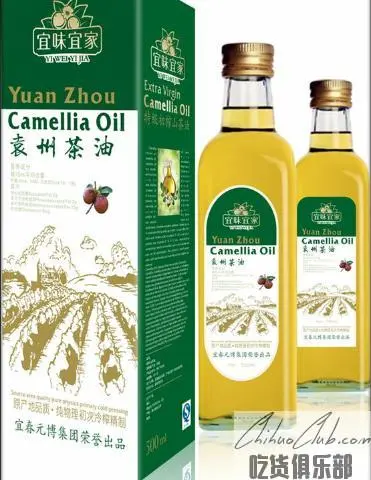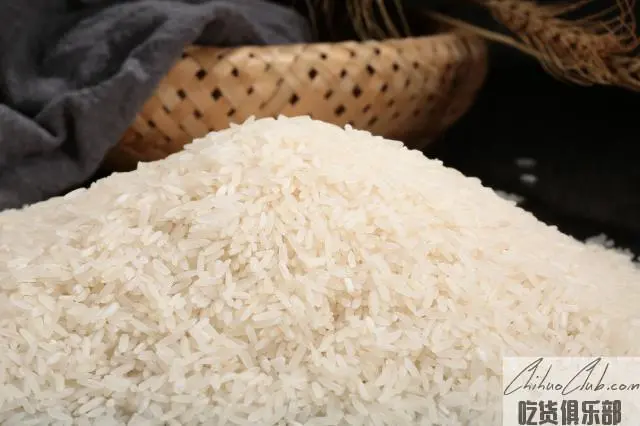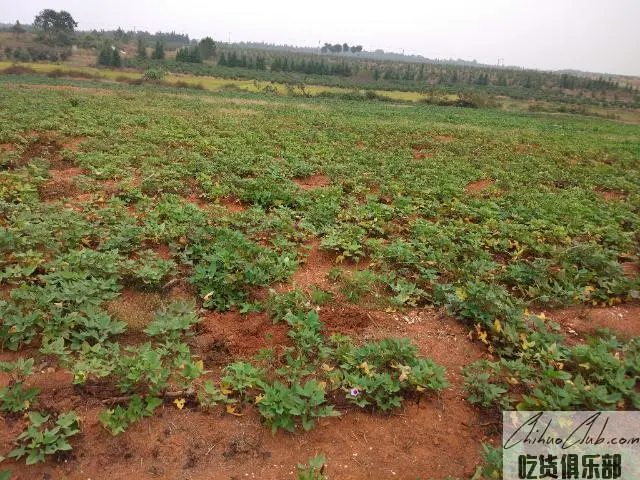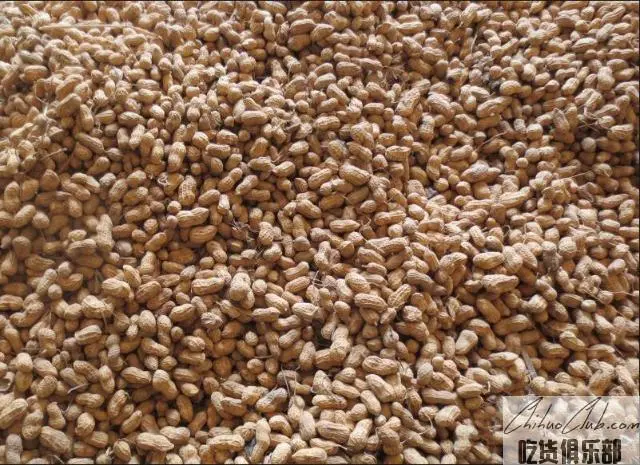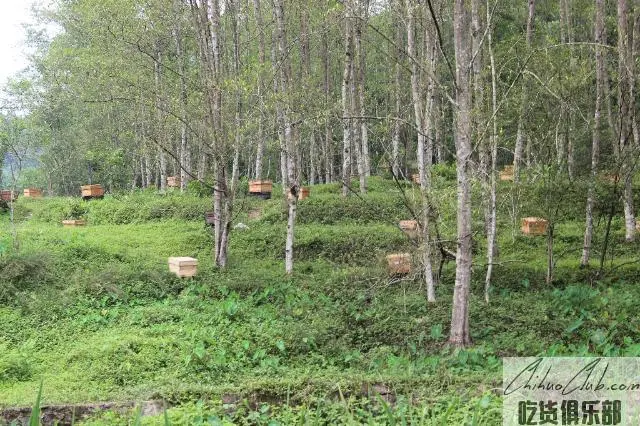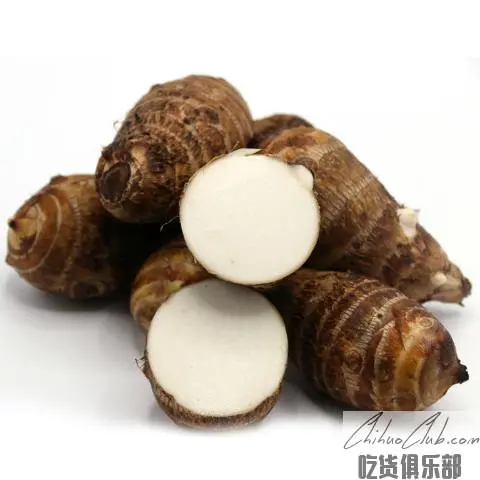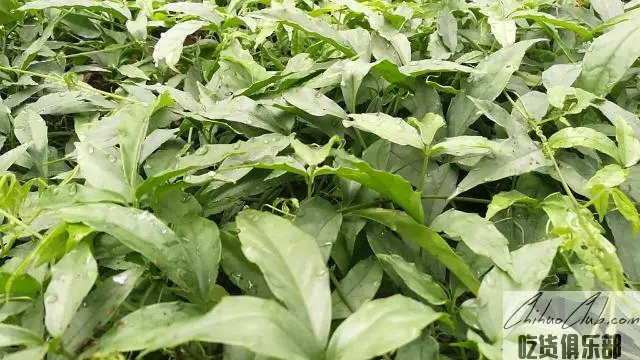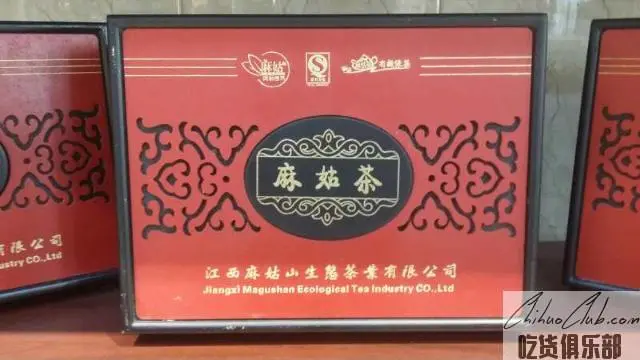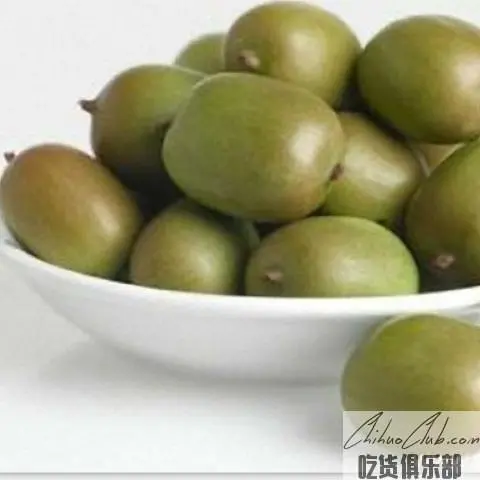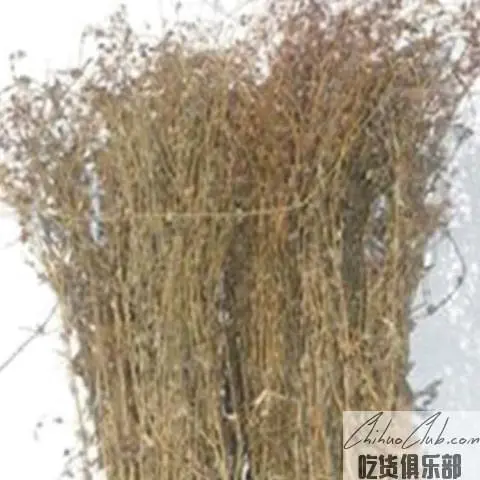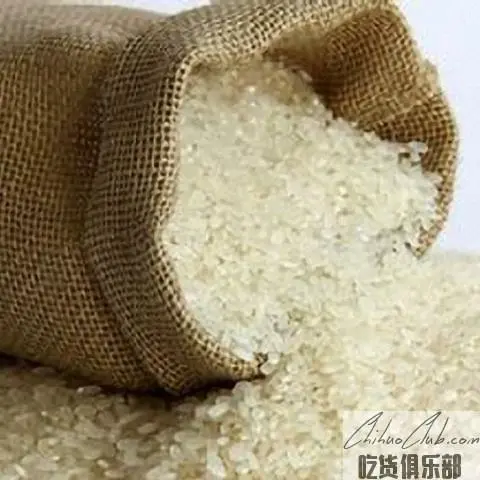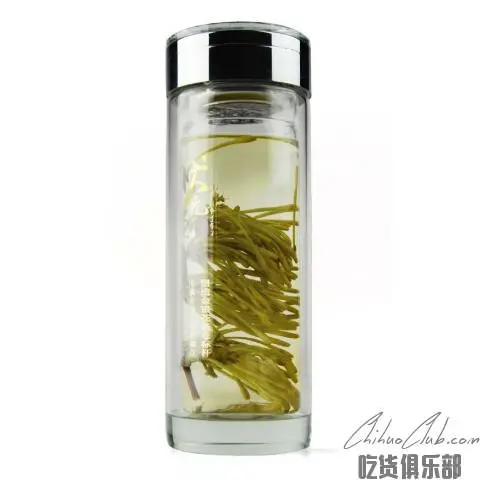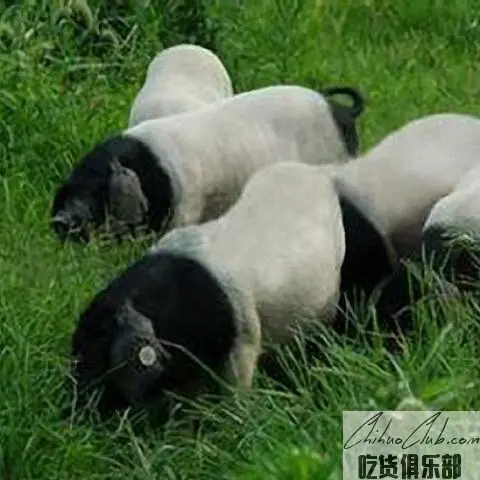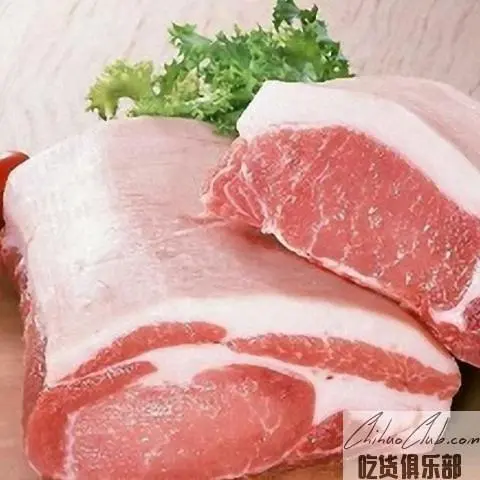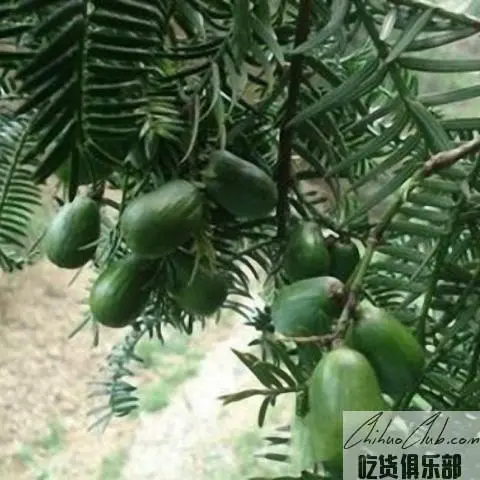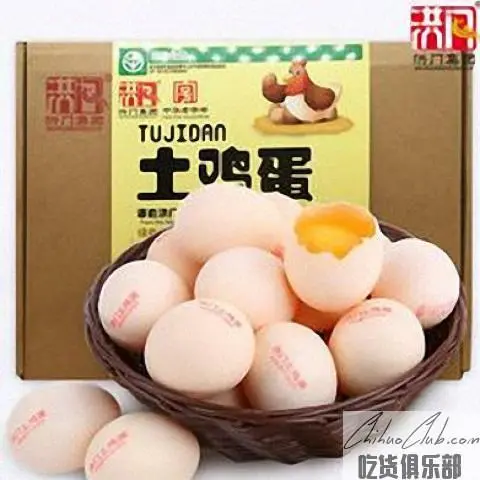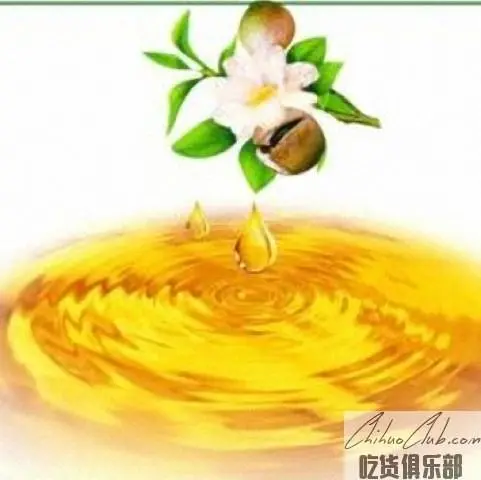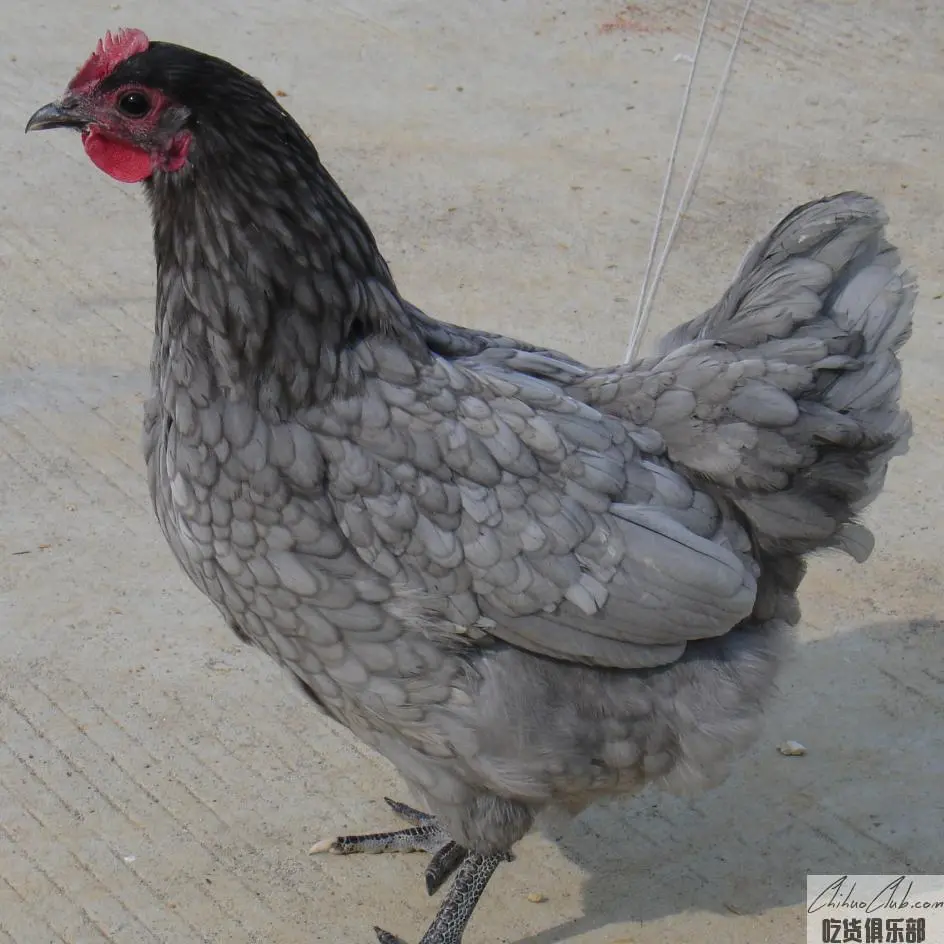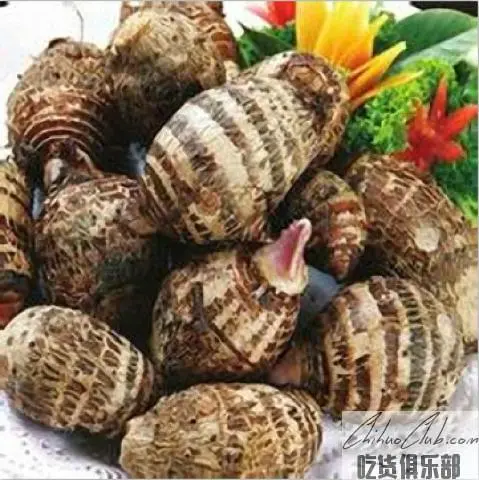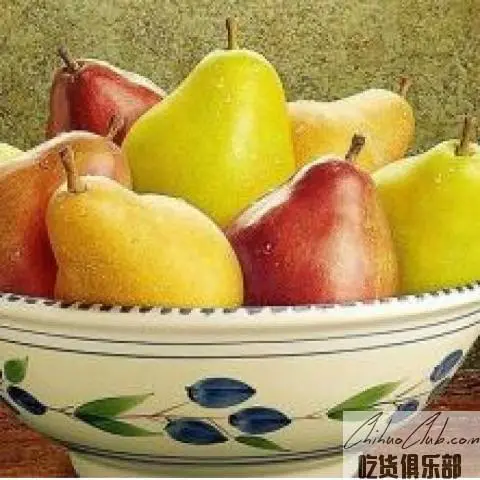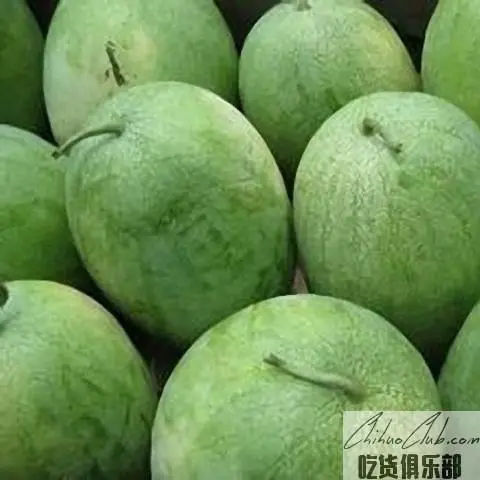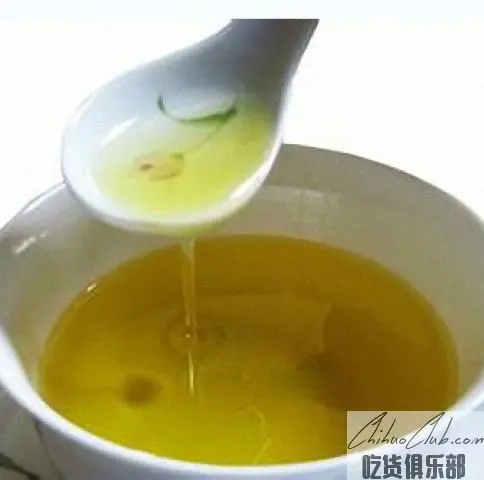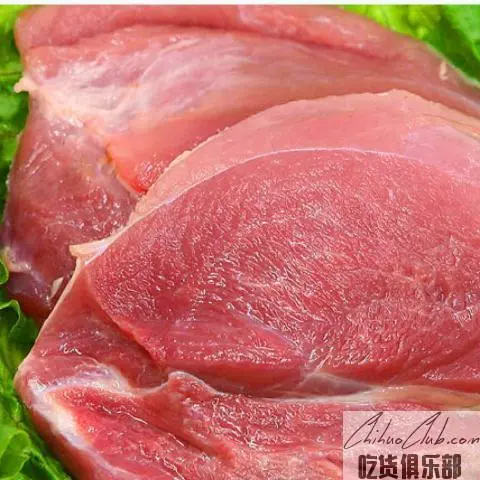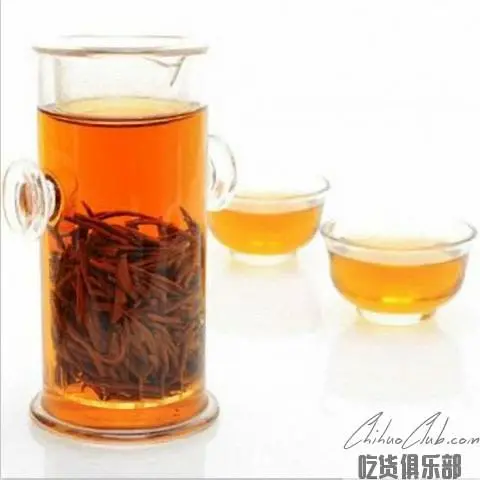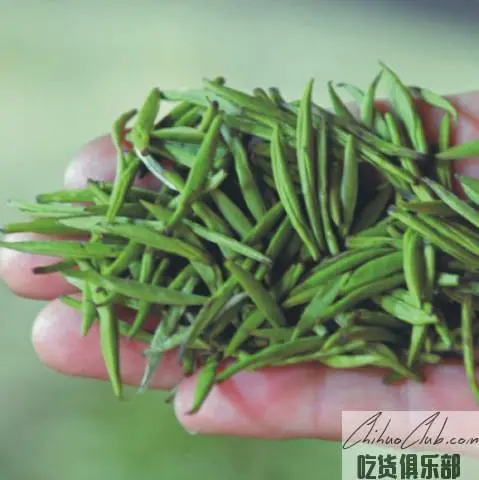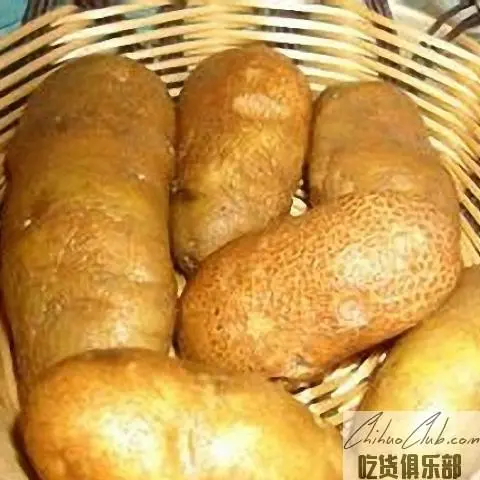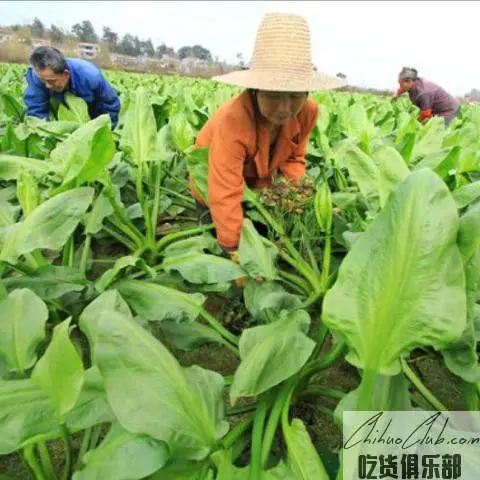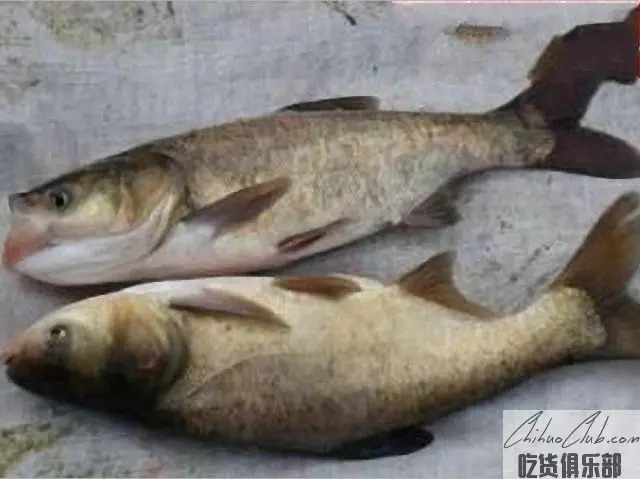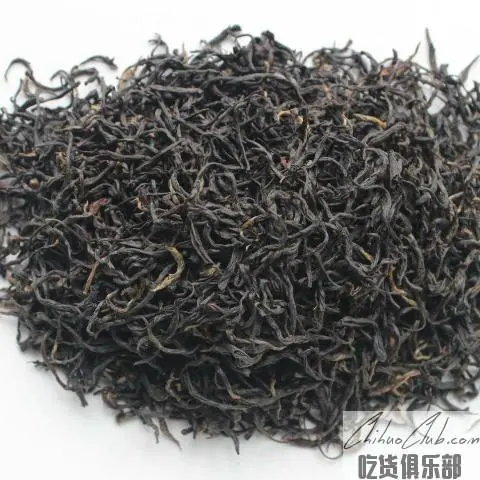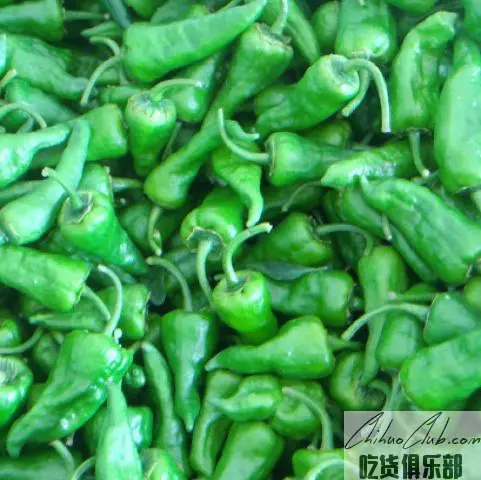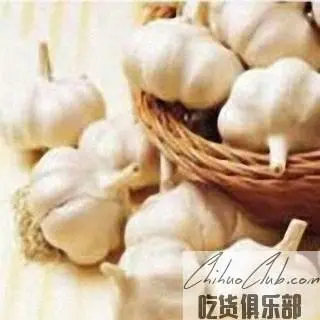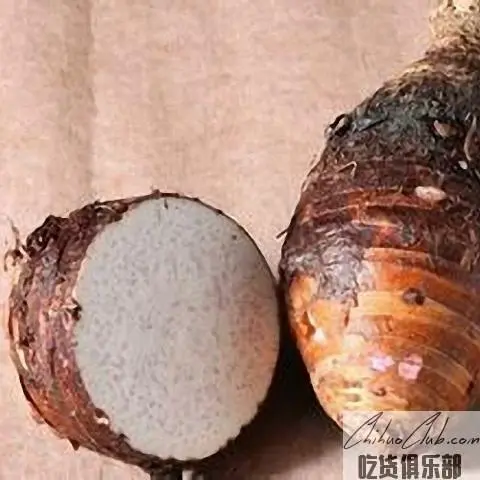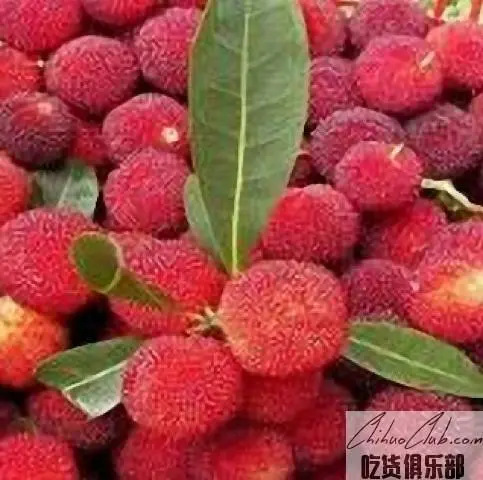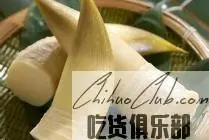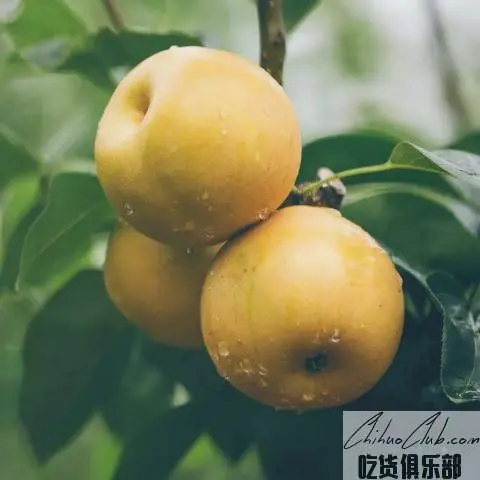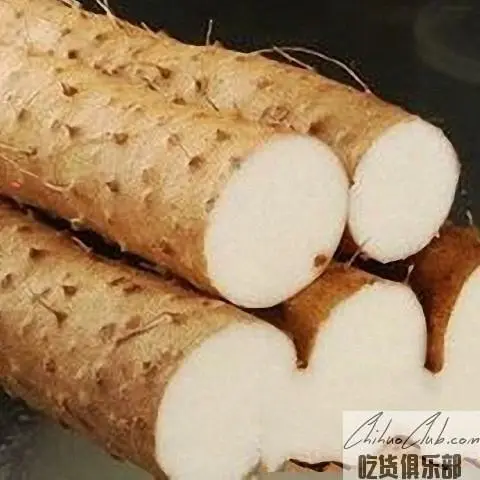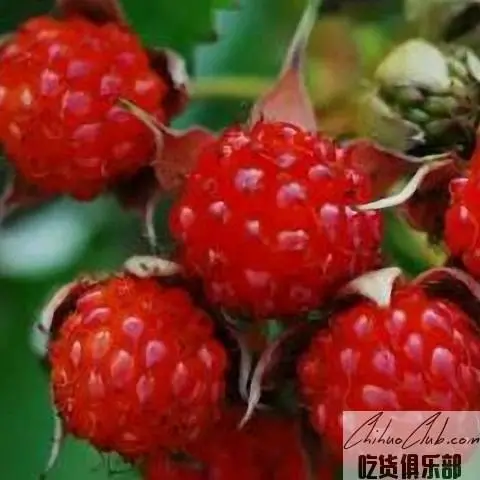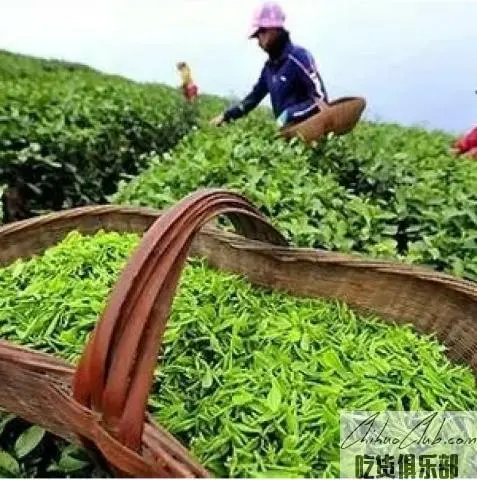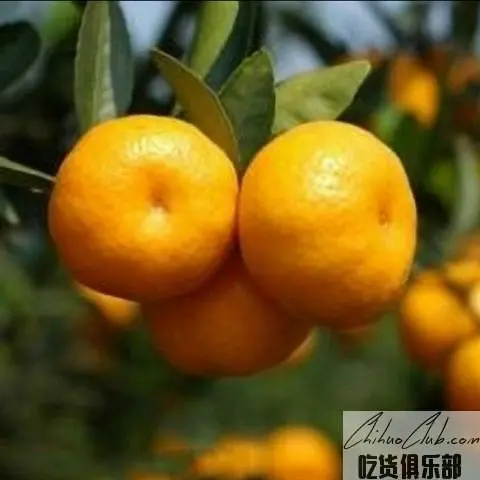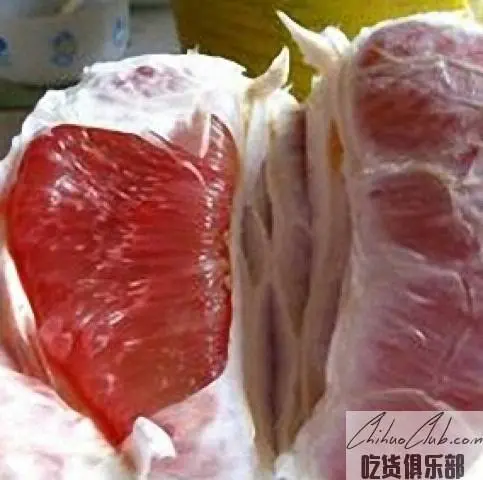jiangxi specialty
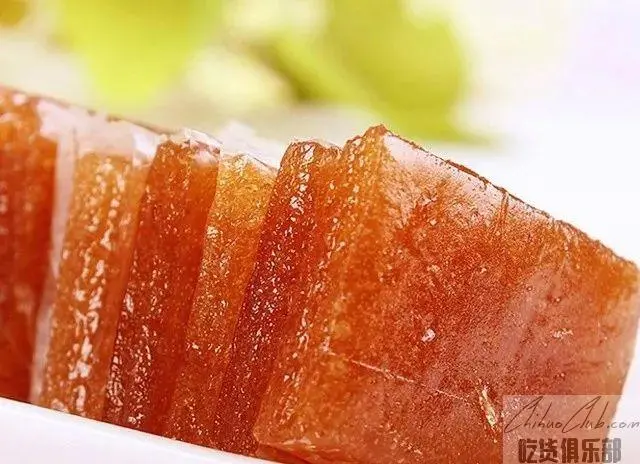
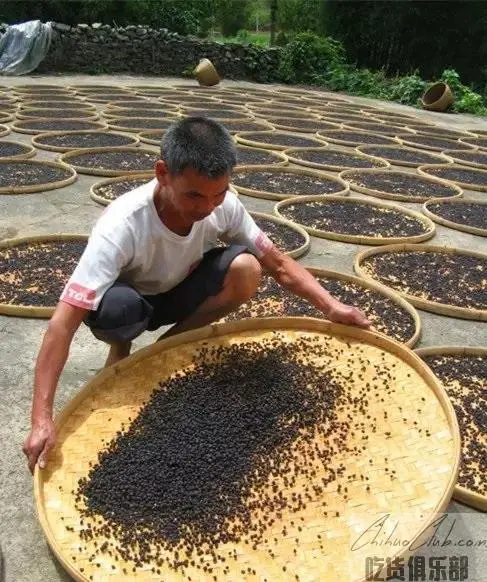

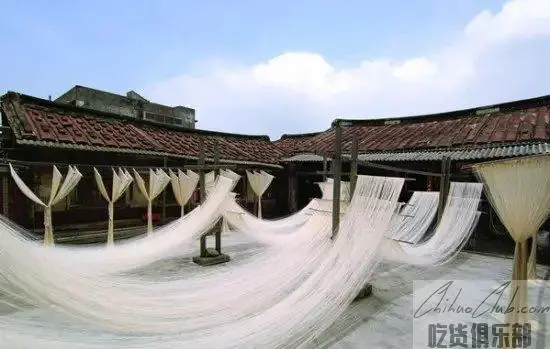
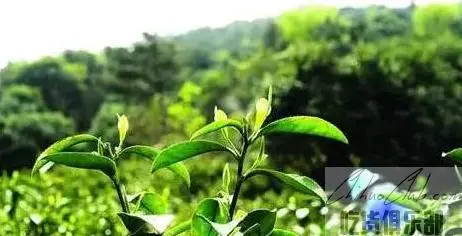
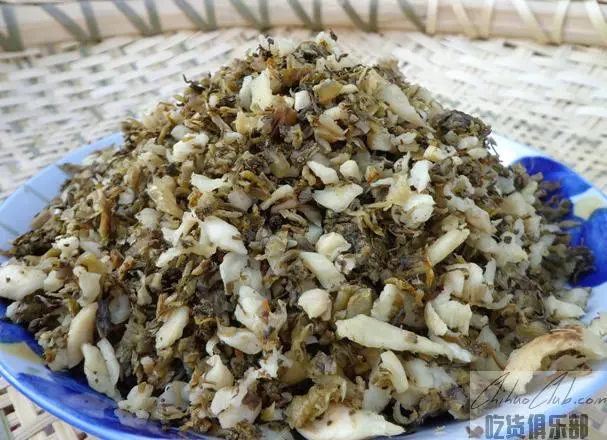
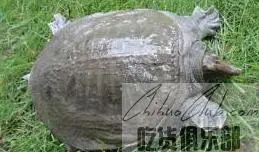
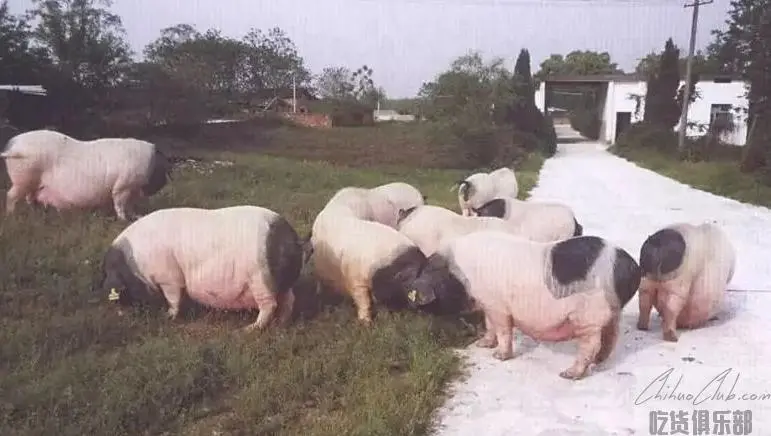
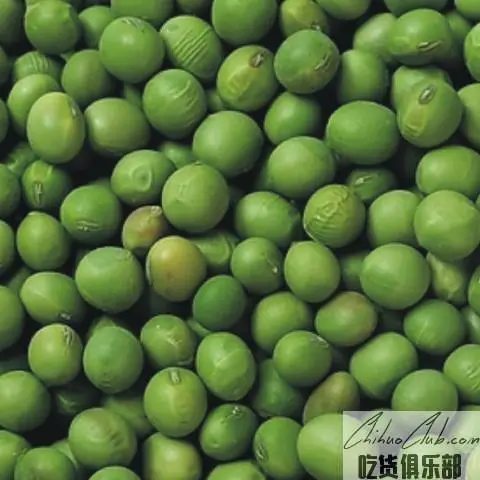
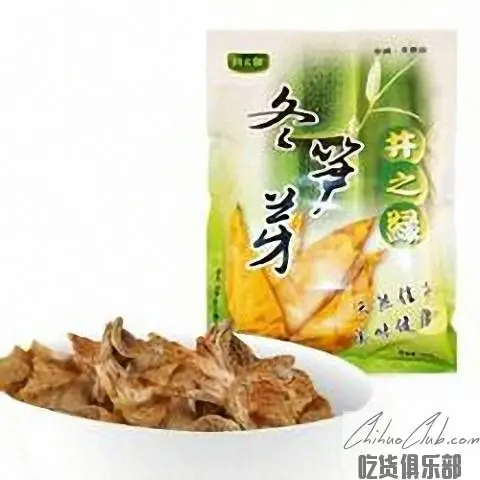
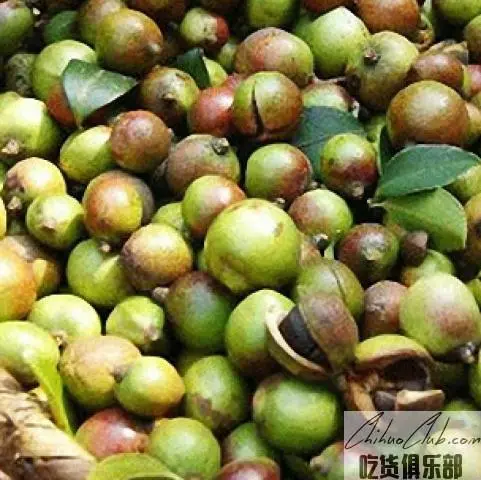
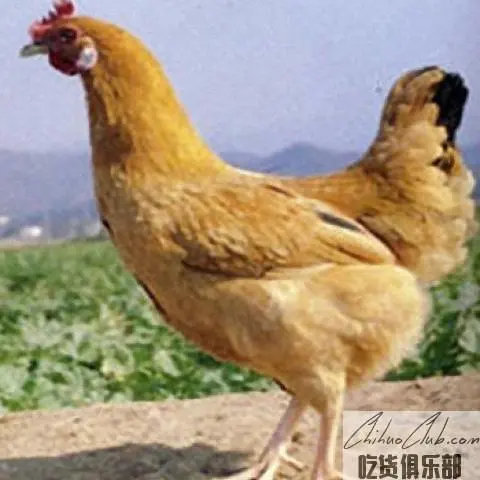
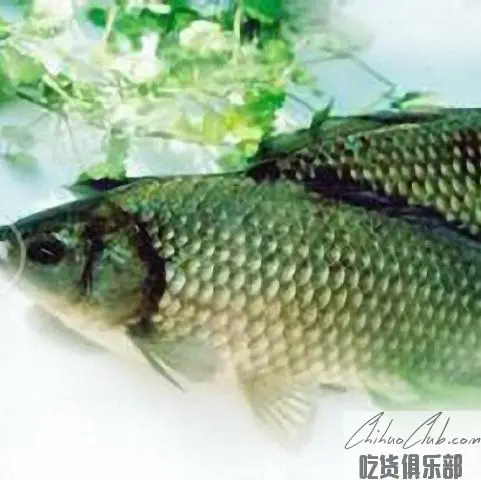
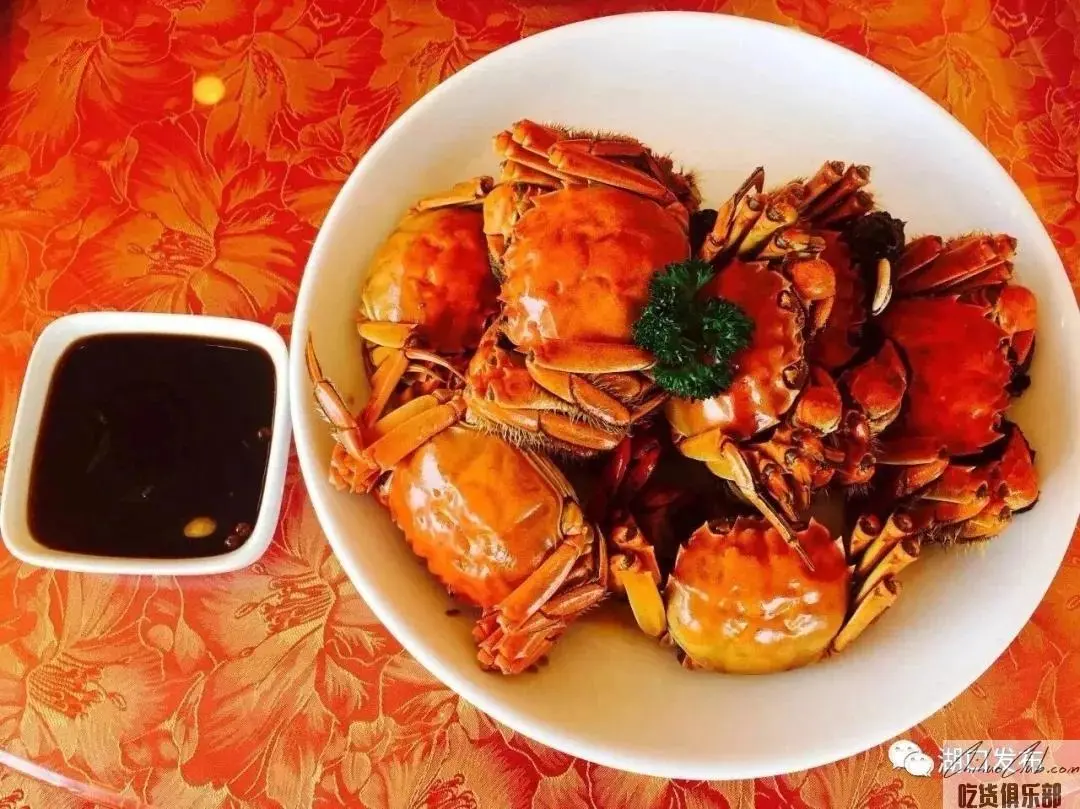
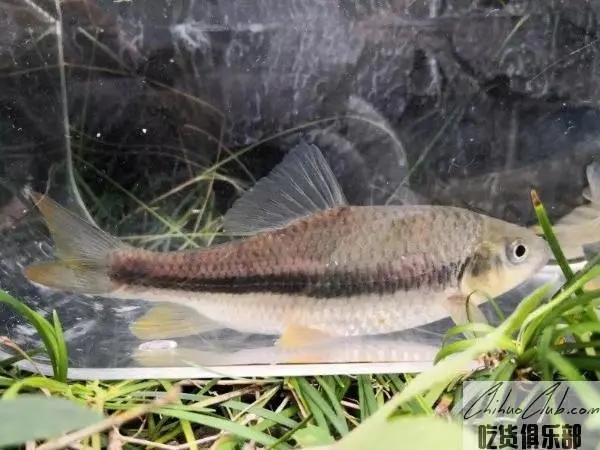
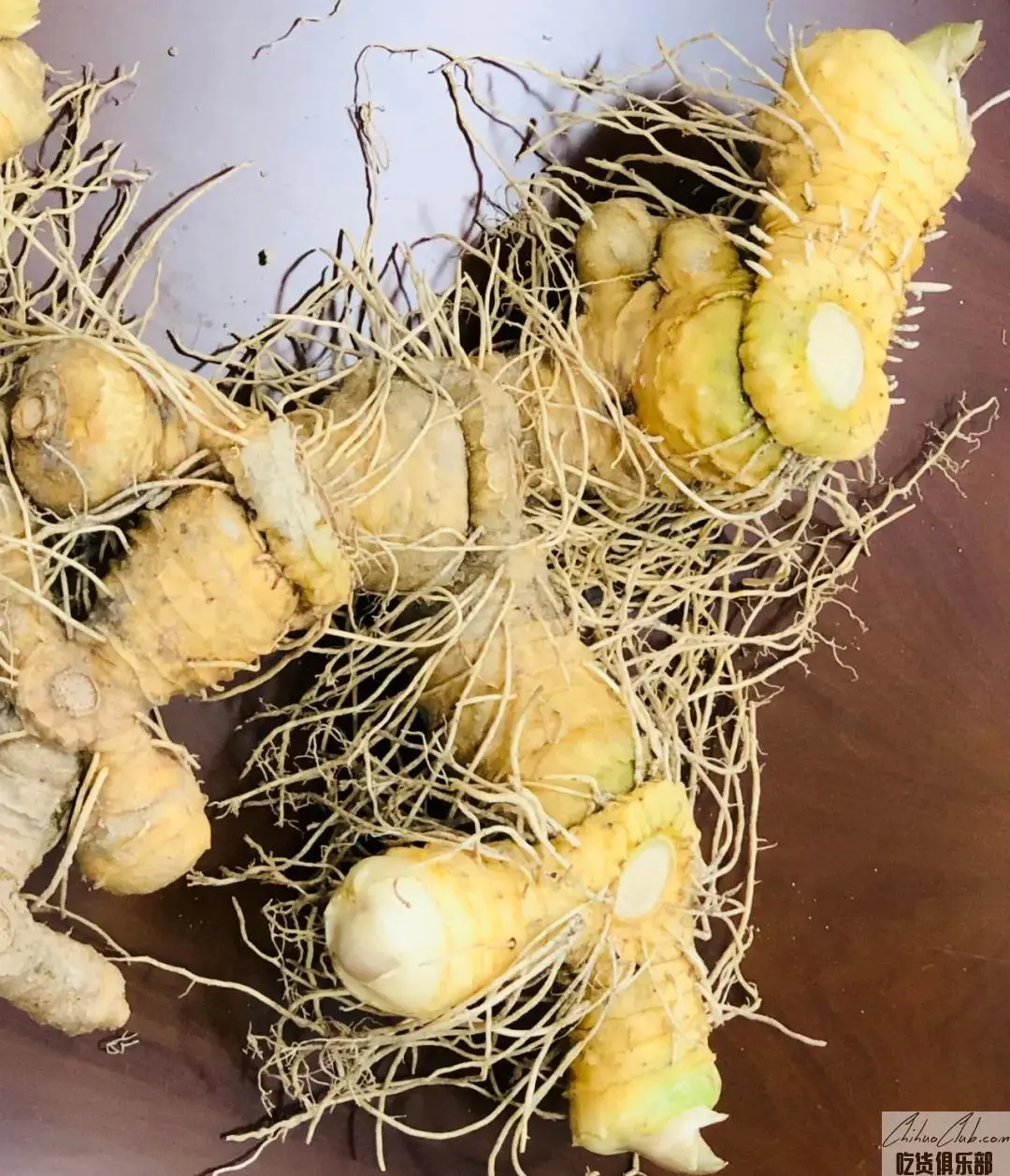
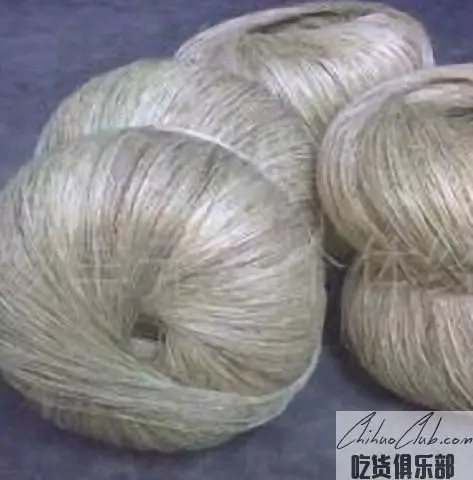
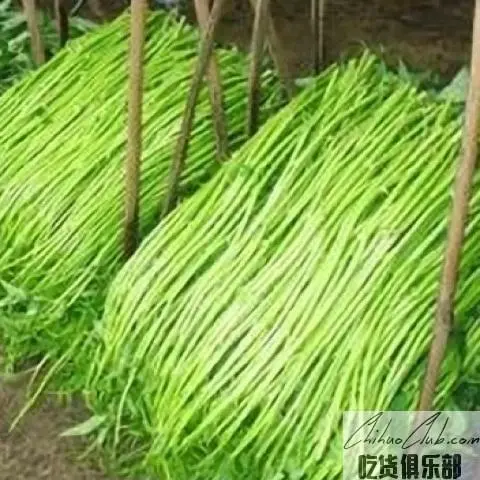
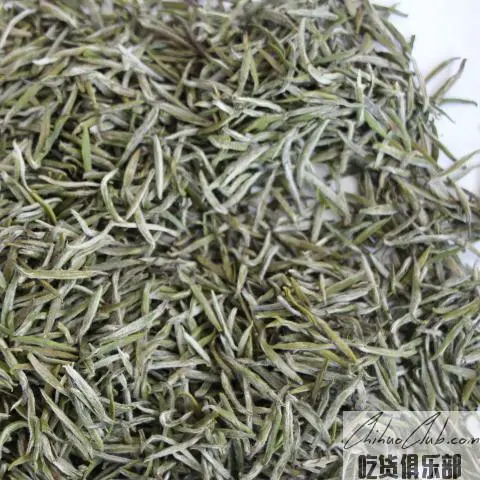
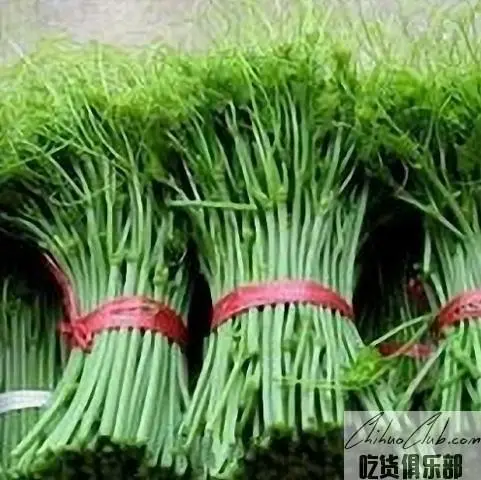
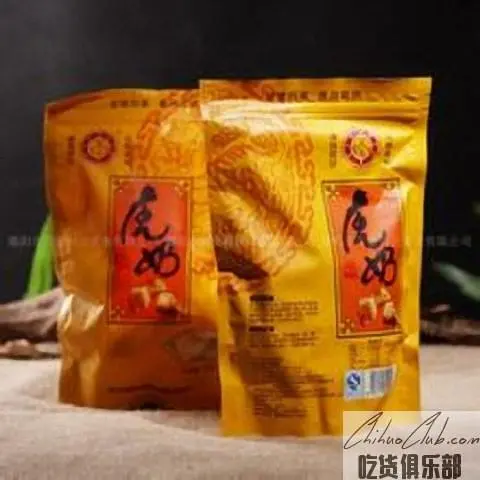
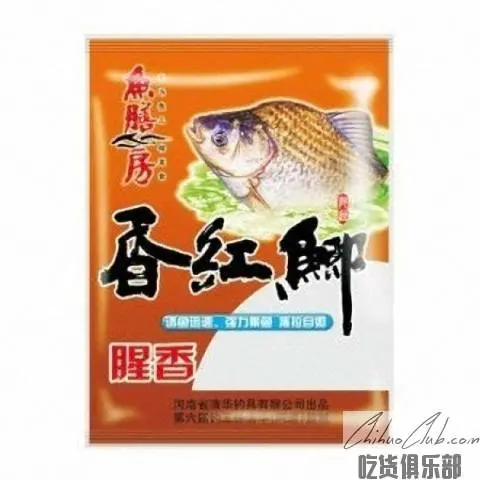
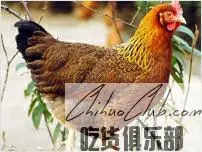
Chongren Maji is one of the highest-bred varieties in local chicken breeds in China. It is famous for its tender meat and rich nutrition. It is a typical representative of Chinese green-legged chicken. Chongren Ma chicken is small in size, lively, agile, and has a strong feeding ability. The hen is divided into two types: jute and black hemp. The feathers are compact, the toes and toes are iron-blue, and the single crown and the meat are bright red. The cock's feathers are brownish red, the tail is green, the chest is muscular, the chest and abdomen feathers are red with black, the meat is deep and thin, and the shape is rhomboid. They are surrounded by the hills, accompanied by green grass; from the ancients, they live in the years.
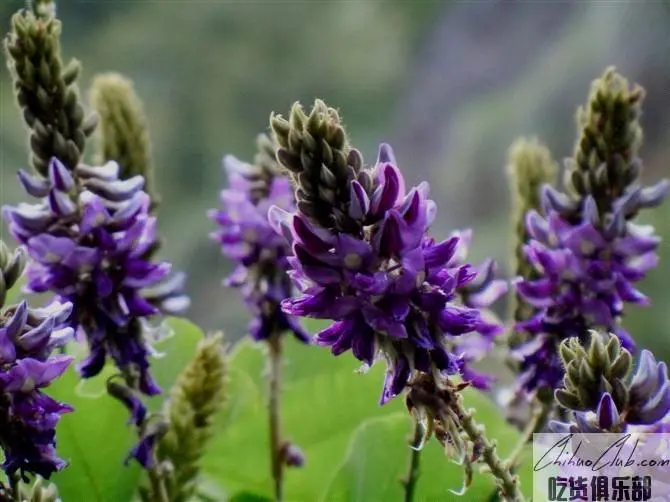
Her vitality is extremely strong, she has the stubborn ability to grow wildly; she adapts to the barren hills and mountains to resist cold and drought, and does not compete with the grain; she blossoms with scent, vines flourish, and the roots are huge; her body is treasure, with the same name as ginseng, food Her homologous; she has been greatly assisted by human beings in food, medicine, textiles, etc. since ancient times; she is pure and simple, is a real organic raw material, green food; her tenacious, healthy, simple spirit and Hengfeng for thousands of years The people are integrated; she is Hengfeng Ge.
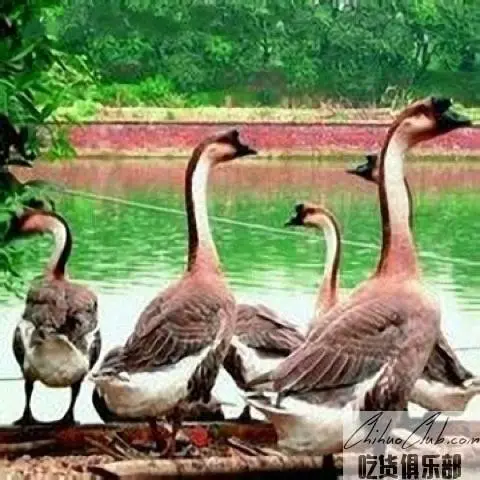
Xingguo Grey Goose is a specialty of Xingguo County in Cangzhou City. The Xingguo Goose can be traced back to the Jin Dynasty in the 3rd to 4th centuries of the park and has a long history. Therefore, Xingguo is known as the "hometown of gray goose". Xingguo Grey Goose has high nutrition, good quality and fast growth. It has a long-standing reputation in Hong Kong, Macao and Taiwan and Southeast Asia.
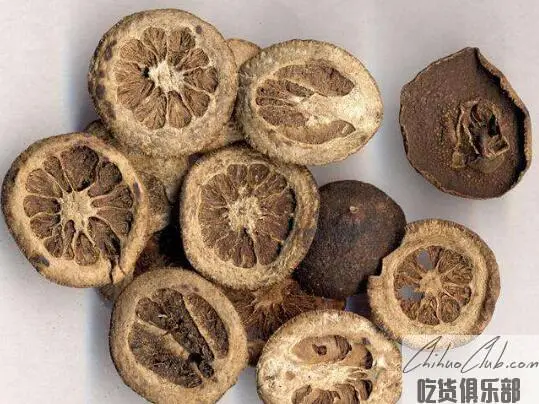
Shangzhou clam shell is a characteristic Chinese medicinal material variety in Xingan County, Jiangxi Province. It is also native to Sanhu Town (the ancient city Shangzhou) of the county, also known as the “Three Lakes Clam Shell”. Due to the special geographical and climatic conditions of Shangzhou, the products have the characteristics of “fruit thick, valgus such as raspberry, and more scallops”. The active ingredients of medicinal value include volatile oil and total flavonoids (orange) Pipi, naringin and organic bases (sinverin, N-methylamine) are superior to other varieties. Shangzhou Shell is well sold in China and has a good reputation in the international market.

Fuyang rice cake, also known as Xiangyang Dahe rice bran, is produced in the famous Han nationality in Shuyang County, Shangrao City, Jiangxi Province. It is made of Fuyang Dahegu rice and is made of the unique technology of “three steamed two hundred hammers”. It has white, cream, transparent jade, oily, soft, smooth and non-sticky. It is known at home and abroad and is known as the "Rose of Rice Cake". During the Ming and Qing Dynasties, only the rich and wealthy people could enjoy the Xiangyang rice cake made by Liyang Rice, and began to become a tribute.
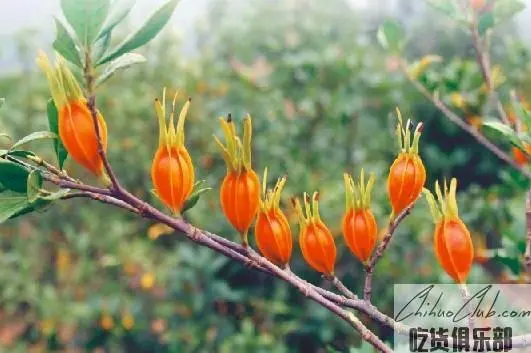
"Jinxi Huangzizi" is oval or oval, with thin, full and reddish color. It has high color price, high content of geniposide and gardenia pigment, and is a very distinctive product. The medicinal parts of Jinxi Huangqizi include roots, leaves, flowers and fruits, which are cold and bitter. They have the functions of purging fire and removing trouble, clearing heat and diuresis, cooling blood and detoxifying. "Jinxi Huangzizi" contains geniposide, iridoids, isoindole, deoxyxanthine, hawthorn, scorpion ketone, grassland acid, gardenia, crocin, saffron , sputum sterol and bear fruit acid.
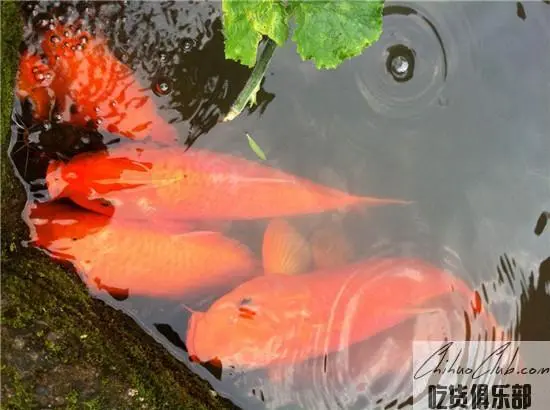
Known as the most beautiful country in China, Wuyuan not only has the beauty of ink painting, but also many foods on the tip of the tongue. Such as steamed meat, paste tofu, steam cake, etc., especially the red envelope of the lotus bag is the most famous. The red-breasted red dragonfly is a traditional farmed fish of Wuyuan. It is named after the orange-red color and the shape of a purse. Speaking of the fish's coming, it is quite legendary. According to legend, during the Wanli Period, there was a copy of the book of the ancestral households, Shangshu, who had made meritorious deeds on behalf of the "Tiantian patrol". When the old man returned home, he replayed the red mullet brought by the emperor, and after continuous cultivation, it became a unique fish in the local area. Kind.
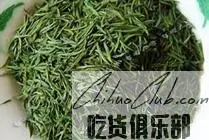
Wuyuan Green Tea is produced in the famous cultural and eco-tourism county of China and “the most beautiful country in China” – Wuyuan. Here, the mountains are beautiful, the peaks are towering, the climate is mild, the rainfall is abundant, and the clouds are haunting all the year round. It is the core production area of “China Green Tea Golden Triangle”. Here, "green groves are everywhere in the mountains, and household tea is fragrant." It has been known as "tea town" since ancient times. "Color is green and natural, tastes rich and rich, water leaves are clear and thick" is a remarkable feature of Wuyuan Green Tea.
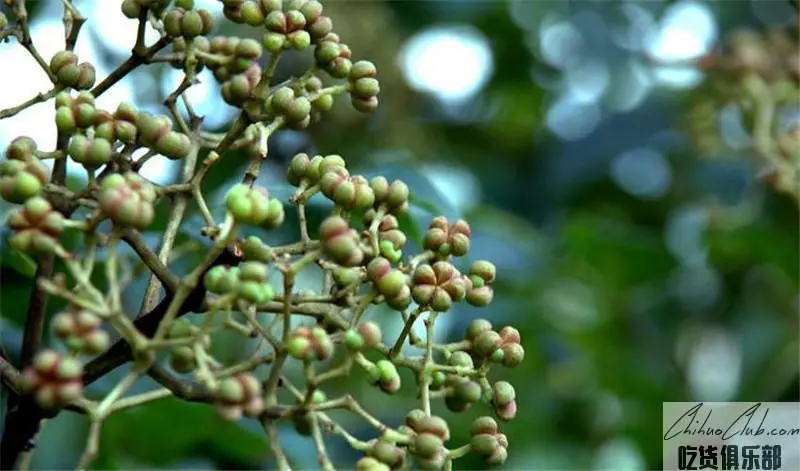
The banyan tree Wu Hao, also known as Wu Hao, Wu Hao, Yi, Wu Yu, has been planted since the Han and Jin Dynasties. "The ancestors" of the pharmaceutical industry, the Dan medics, the Taoist ancestor of the Taoist priest Ge Xuan in the year 202 to the eucalyptus scorpion mountain medicine practice medicine, the development of the herb garden, planting carp, sand ginseng, black medicinal herbs, Wu Hao, etc. More than 100 kinds of medicines. Because the eucalyptus was "Wu" at that time, it was named "Wu Yu" by its territories.
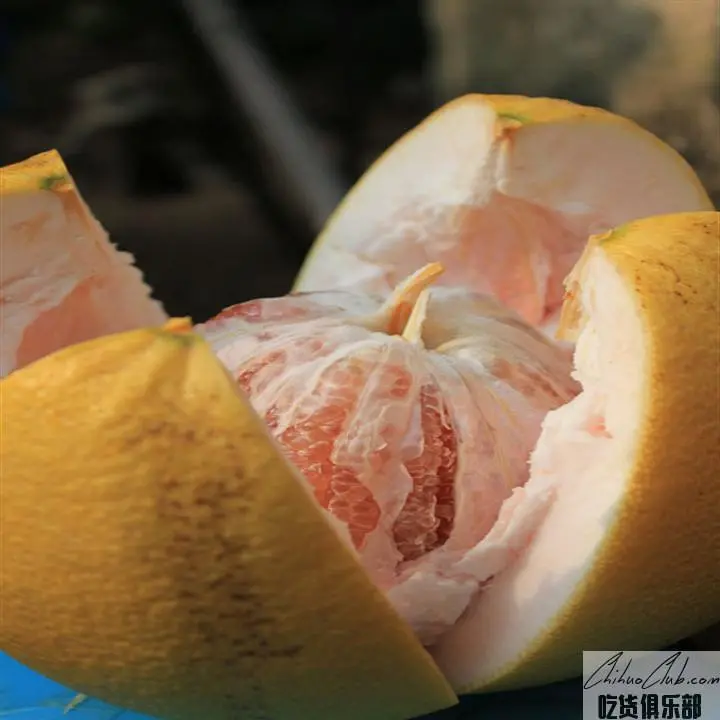
The fruit of Guangfeng Majia Pomelo is high and flat, and the mature period is in early November. It is later than the mainstream varieties in the market, forming a peak sales and effectively filling the market gap. Experts and scholars have consistently considered that the quality of Guangfeng Majia Pomelo is obviously superior to the main varieties sold in the market, and has advantages. Compared with other pomelo, the juice is full, water is sufficient, sweet and slightly acidic, easy to enter, flesh red, nutrient, refreshing throat, good health, has become the unique characteristics of Guangfeng Majia pomelo.
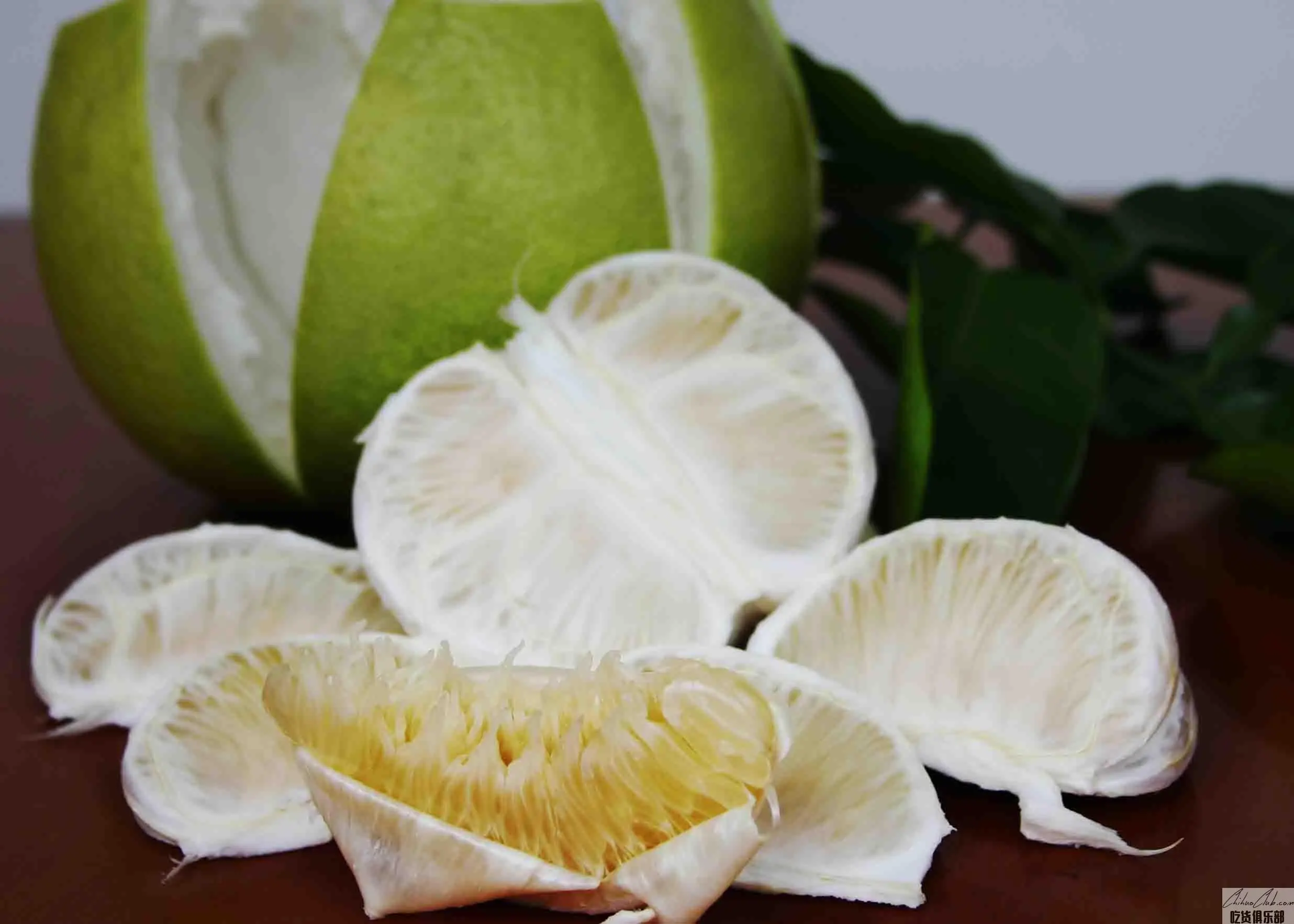
Nankang sweet pomelo has a planting history of more than 1,500 years in Cangzhou City. Due to the specific environmental climate and soil conditions, combined with traditional planting techniques, it forms the unique characteristics of Nankang sweet grapefruit. The peel has aroma and aroma, and the flesh is crisp and tender. The slag is refreshing and has a beeswax color. The honey is sweet and sweet with a slight apple flavor. It has a long aftertaste and unique flavor. It is unique in the pomelo. After eating, there is a clear heart and eyesight, the feeling of degreasing in addition to oil, is beneficial to the stomach and digestion. The pomelo meat has three layers of outer, middle and inner cortex, and the external pollution is difficult to invade. The pomelo fruit is known as the natural "green food" and "natural canned". It was listed as a tribute in the Qing Dynasty and enjoys a high reputation both at home and abroad.
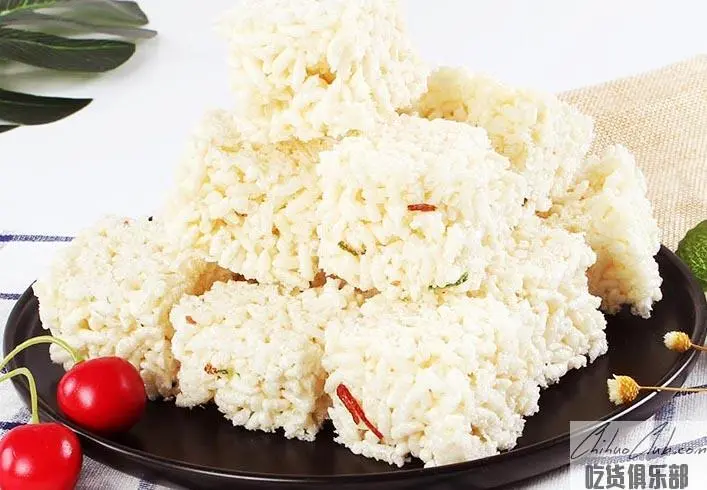
Fengcheng frozen rice sugar is made from pure glutinous rice, net tea oil and sugar white sugar. With transparent sugar, aromatic sweet-scented osmanthus and red fine grapefruit as auxiliary materials, it is characterized by strict selection of materials. It has been said: "Xingan rice, Longquan tea, Jiangsu osmanthus, Taiwan white granulated sugar". The four corners are flat, white and bright, the red pomelo silk is evenly paved, small pieces are cut, crisp and refreshing, and the mouth is dissolved, no residue, no debris, no sticky teeth, no teeth, and endless aftertaste.
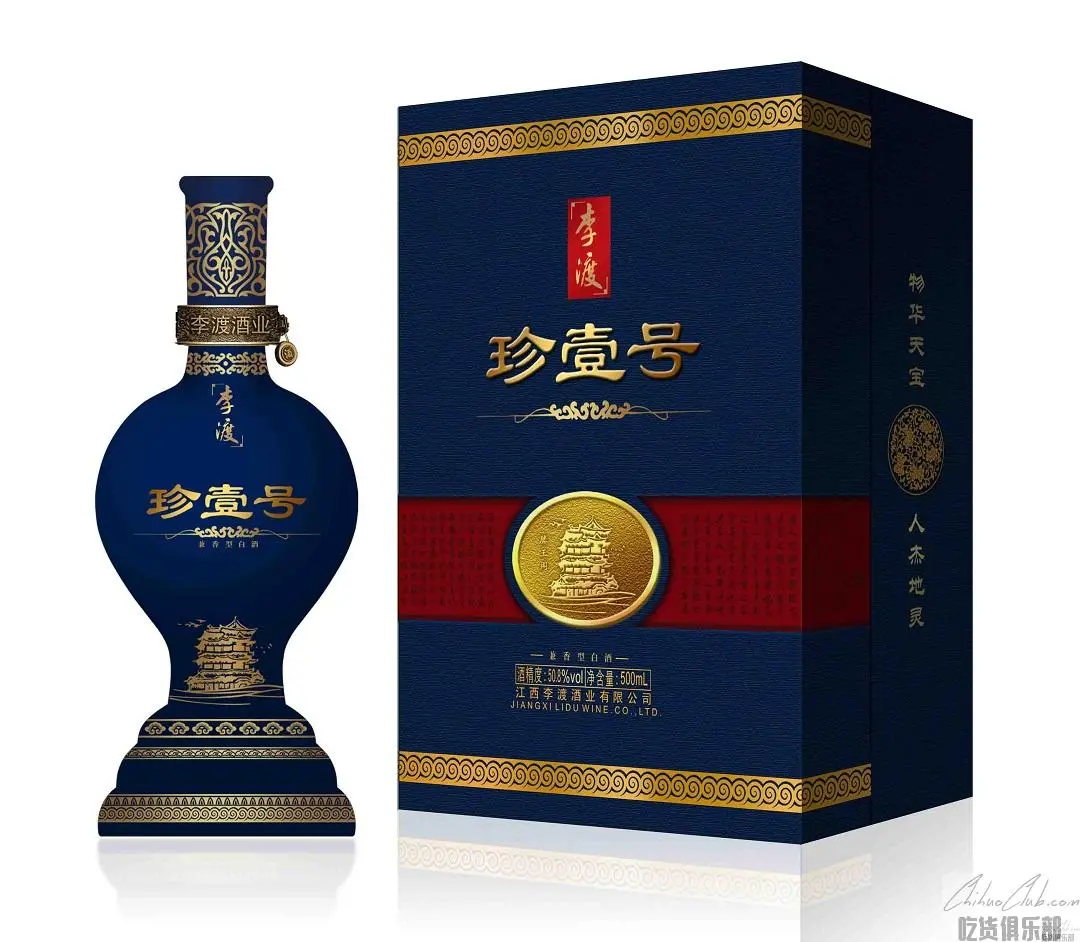
Li Dujiu, whose brewing technique began in Yuan Dynasty, has been compiled into the "Intangible Cultural Heritage of Jiangxi" list after five generations of Chinese craftsmanship. The site of the Lidu Shochu Workshop was awarded the “National Key Cultural Relics Protection Unit” by the State Council. It is the site of the large-scale ancient shochu workshop, which is the earliest in China, has the most complete sites, the most relics, the longest time span and the richest local characteristics. It is still in use today. Today Li Du wine, adhering to the winemaking skills pioneered by shochu, spreads the earth's ancient talents, gathers the grain, smashes the spring, blends modern technology, and hides the old and cooked, the wine has a "clear color, sweet and mellow, elegant and elegant, aftertaste A long "feature".
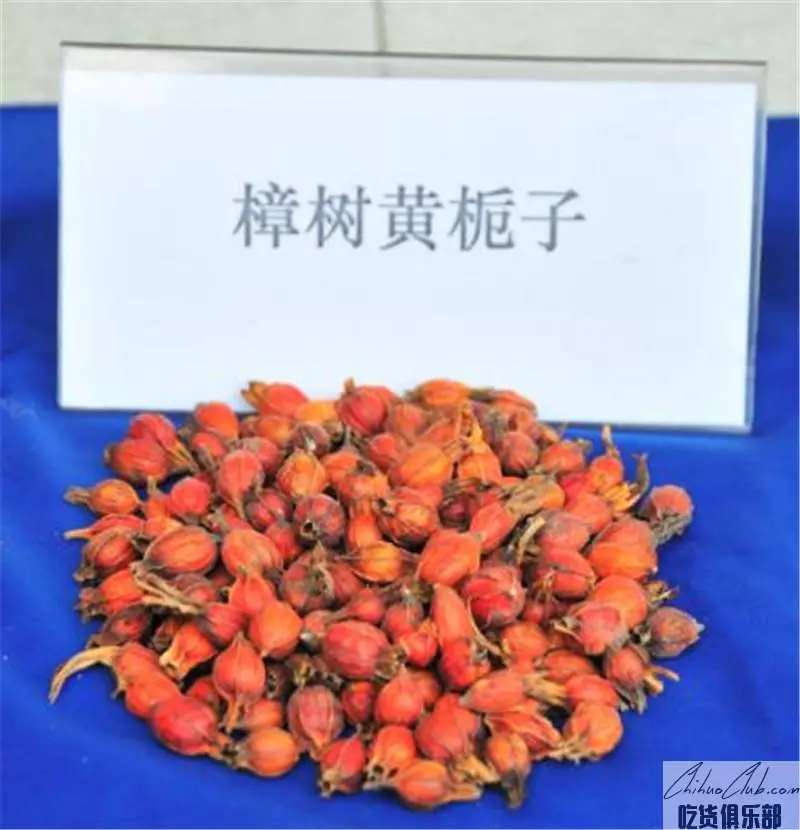
The appearance of medicinal materials of eucalyptus scutellariae is elliptical, oval, 1.0-2.5cm long and 0.6-1.8cm in diameter. It is small compared to other producing areas [other places are generally 1.5-3.5cm long and 1.0-diameter in diameter). 2.0cm]; the surface is reddish brown or yellowish brown, slightly shiny. It has 7-9 winged edges and branches. Remaining bracts at the top, slightly apically at the base, with residual fruit stalks, thin and brittle skin, lighter and shiny inner surface, with 2-3 raised false diaphragms. Most of the seeds are obovate, gathered into a group, deep red or red-yellow. The surface is dense with small blemishes, and the air is slightly odorous.

Xinfeng radish is a traditional variety of “buried seeds” and “suspension seeds” white radish harvested in autumn and winter, and harvested before and after the winter solstice. The shape is similar to a small “waist drum”. The two ends are slightly smaller, the middle drum is round, and the skin is smooth and white. No roots, fine and crisp meat, milky white, fresh and refreshing, rich in sugar. Raw food is not spicy or spicy, comparable to fruit, thirst, phlegm and cough, clearing away heat and detoxifying, smooth and convenient, with the reputation of “ginseng ginseng” and “celluloid”; cooked food can be prepared with various kinds of glutinous rice and vegetarian food. Stir-fry, boil, stew, and mix out many delicious dishes, radish fried meat, radish fried fish, boiled radish beef, radish stewed pork ribs, radish, pork feet, etc., is not only the Xinfeng popular home cooking, but also the hotel restaurant specialties, and radish Dumplings, radish balls, etc. are the only famous letters in the country; the processed radish and radish are famous both at home and abroad.
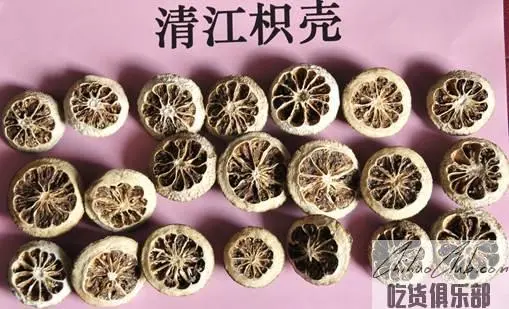
The Qingjiang oyster shell is the original medicinal material of eucalyptus. The alluvial states of the Yuanhe River and the Lancang River are all Qingjiang oyster shell trees, which is known as the “hometown of oyster shells”. "Additional fake medicine strips" said: "Jiangxi Shahe is out, the skin is thick and thick, and the color is white and the air is clear and fragrant." In the "Dao Di Medicine Map" (Huadong Volume) prepared by Wang Qiang and Xu Guozhen, the national medicine is discussed. When the main production site wrote: "The main raw material of medicinal materials is produced in Jiangxi Qingjiang... Jiangxi's high quality, with Huanggang, Qingjiang County as the real estate area."
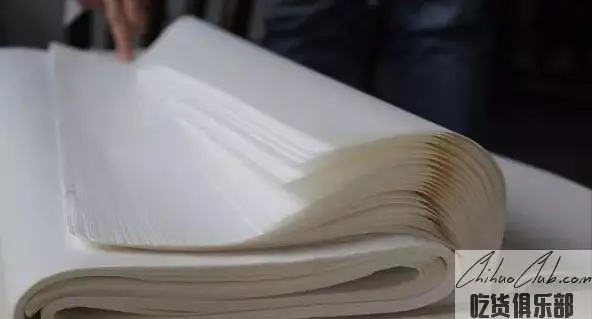
The technique of making three papers in the lead mountain has been passed down for thousands of years. It is an ancient technique that was sublimated along with other bamboo paper crafts in the middle Tang Dynasty. In the "Tiangong Kaiwu" of Song Yingxing in the Ming Dynasty, the status of the papermaking of the lead mountain was recorded in many places, and the four papers of the lead mountain were highly praised. Even the four papers are made from the tender bamboos before and after the summer. They need to be exposed to the sun and rain for several months, naturally bleached, and the production process is complicated. All the experience is based on manual operation and the production cycle lasts for one year. Even the four papers have the reputation of "life paper millennium". After the Yuan Dynasty, many of China's great masterpieces and famous books were printed on four papers. Many calligraphy, prints, and extensions were also handed down. In the Ming and Qing Dynasties, if the literati and the famous painters of calligraphy and painting can get the authenticity of the Emperor's royal master, even the four papers are a great honor.
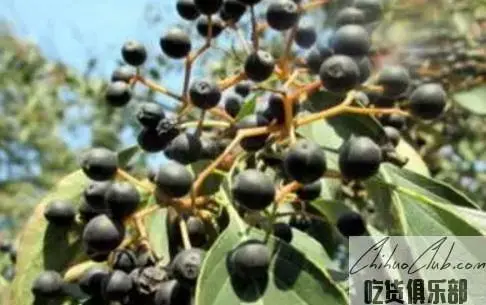
梾[lái] wood oil is a traditional edible oil unique to Yudu County. It has a history of more than 200 years. It is made from light-skinned eucalyptus fruit and is rich in lauric acid and myristic acid.
